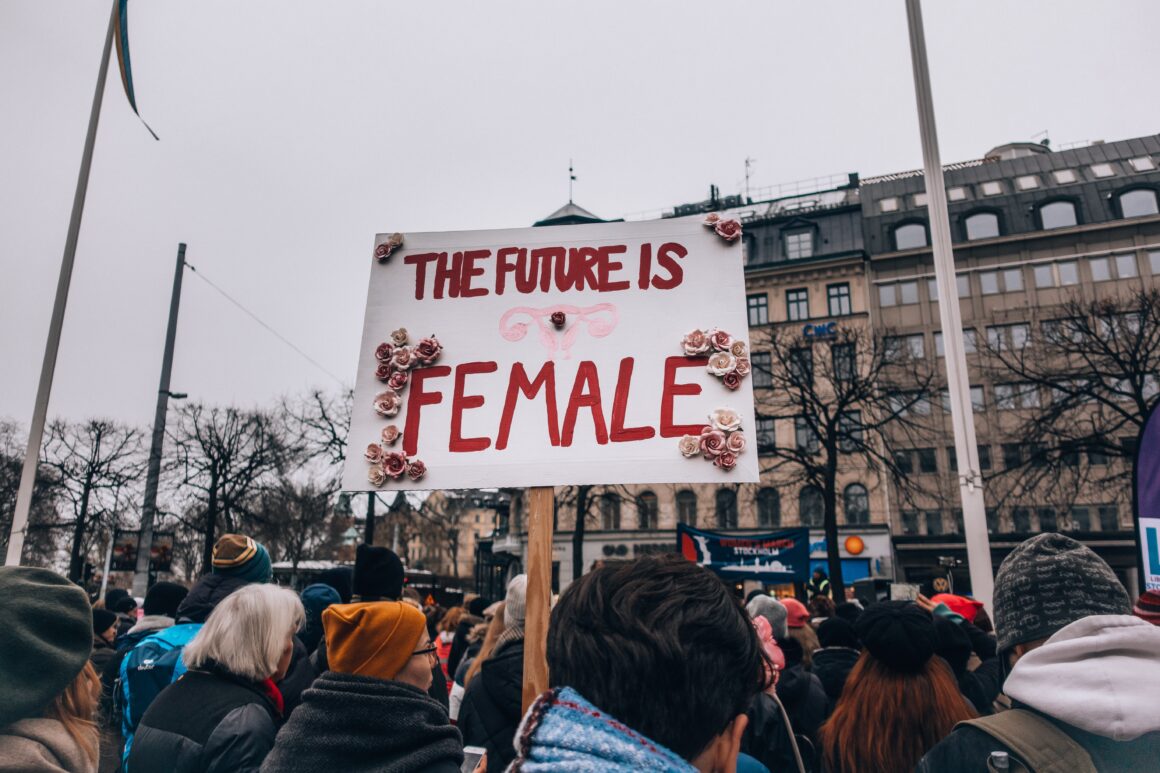The world watched excitedly as the U.S. Women’s national soccer team defeated the Netherlands in the final game of the world cup last Sunday. The finals were extremely popular, with a billion people anticipated to have watched in total. Not to mention, the hype leading up to the game was electric. Everywhere you turned people seemed to be talking about the World Cup. Both teams played hard and at the 95th minute, the U.S. team was ecstatic knowing they had just made themselves and their country proud, as well as earning a huge trophy. But what they did not receive was the monetary reward they deserved.
The gender pay gap is a hugely discussed issue in feminism today. Nowhere is this injustice more present than in sports. Female athletes are often demeaned for being worse than male athletes and their competitions aren’t taken as seriously. This discrimination is made clear when you compare the salaries of male versus female athletes. After winning the entire world cup, the U.S. women’s national team only walked away with $200,000 dollars. While this is no small amount to many people when compared to how much the men’s team would’ve earned by winning the amount is outrageously low. Had the men’s team won the World Cup, the players would have been paid a total of over $1.1 million each. That’s a $900,000 dollar deficit. The difference between the World Cup prize money for men and women is a huge contributor to this. The Women’s World Cup prize money is $30 million dollars while the men’s was worth $400 million in 2018. According to the PFA, even if the women’s prize money pool continued to increased 100% each year, it would be 2039 before men’s and women’s prize money was equal.
The women’s team isn’t being paid less for lack of talent — that much is obvious with their back to back World Cup wins. The men’s team is actually a lot less successful. They weren’t even able to qualify for the World Cup this year. On top of that, according to The Wall Street Journal, U.S. women’s soccer games have generated more revenue for the U.S. Soccer Federation (USSF) than U.S. men’s games over the past three years, and according to Nike, the 2019 women’s stadium home jersey is the top-selling soccer jersey, men’s or women’s, ever sold on Nike.com in one season. So it’s not for lack of profitability either.
A big contributing factor to the pay deficit is that the USWNT is paid for winning, not for playing. The men’s team is paid just for “showing up”. The women play more games on a year-to-year basis and must win them to claim their bonuses, effectively requiring them to work harder and perform better just to keep pace. It is true that the men’s team has been more profitable in the history of the game, but times are changing. The USWNT is bringing about a new era of change and empowerment for women in sports.

The U.S. Women’s National Team isn’t sitting back and watching this discrimination ideally. In 2016, five U.S. women’s players filed a discrimination complaint with the Equal Employment Opportunity Commission (EEOC), and in March, 28 members of the USWNT filed a lawsuit against the USSF for gender discrimination and unequal pay.
The U.S. team isn’t the only women’s soccer team that’s fighting for equal pay. Players from countries including Norway, Australia and France are all doing their part to fight against this injustice. One of the most significant cases is that since 2017, Norwegian Ballon d’Or winning striker Ada Hegerberg has been on strike, refusing to play for her national team until the women’s and men’s teams play under equal conditions. SBNation’s James Dator calls Hegerberg “the best player in soccer.”
The future bodes well for the USWNT. Their 2-0 win over the Netherlands was iconic, setting the stage for them to become one of the best sports teams in history. While they make change within their sport, they are creating positive action against gender discrimination all over the world. The USWNT represents a future of female leaders who aren’t scared to stand up for themselves and fight for what they believe in, creating a lasting impact on today’s generation of female athletes as well as generations to come.
Photo Courtesy of Flickr.com


